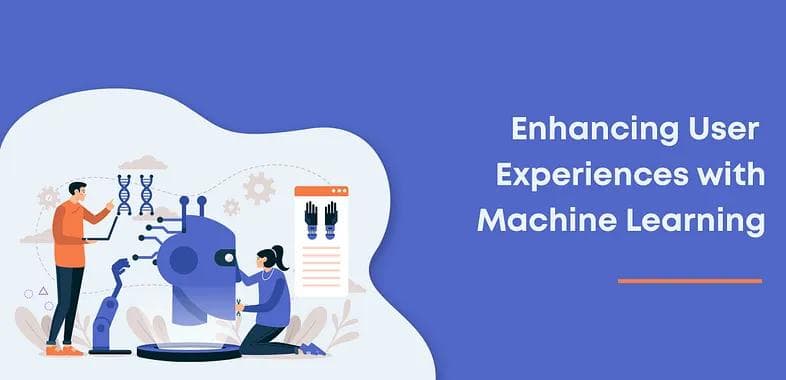Content Personalization with Machine Learning: Enhancing User Experiences

In today’s digital landscape, delivering personalized content to users is no longer a luxury — it’s an expectation. Whether you’re running an e-commerce platform, a news website, or a social media app, understanding your users and tailoring content to their preferences is essential for engagement and retention.
The Power of Personalization
Content personalization involves customizing the information presented to users based on their behavior, demographics, and interests. Machine Learning (ML) algorithms play a pivotal role in achieving effective personalization. Let’s explore how ML enhances content delivery:
1. User Profiling
ML algorithms analyze user data to create detailed profiles. These profiles include information such as:
- Browsing History: Which pages users visit, how long they stay, and what they search for.
- Click Behavior: Which links or products users click on.
- Demographics: Age, location, and other relevant details.
Web developers can integrate these profiles into their applications to provide personalized recommendations and experiences.
2. Recommendation Systems
Recommendation engines use ML models to predict user preferences. Examples include:
- Product Recommendations: E-commerce websites suggest products based on a user’s browsing and purchase history.
- Article Recommendations: News platforms recommend articles aligned with a user’s interests.
These systems continuously learn from user interactions, improving their accuracy over time.
3. Dynamic Content Generation
ML-driven templates allow websites to generate dynamic content. Examples include:
- Personalized Greetings: Displaying a user’s name or a tailored welcome message.
- Location-Specific Information: Showing relevant content based on the user’s location.
- Product Descriptions: Customizing product descriptions based on user preferences.
4. A/B Testing Optimization
ML helps optimize A/B tests by identifying the most effective variations. Instead of relying solely on human intuition, web developers can use ML to analyze user responses and refine content accordingly.
5. Natural Language Processing (NLP)
NLP models analyze user-generated content (such as reviews and comments) to extract sentiment and personalize responses. Chatbots and virtual assistants benefit from NLP, providing more relevant answers.
6. Chatbots and Virtual Assistants
ML-driven chatbots understand user queries better, leading to more personalized interactions. They can recommend products, answer questions, and even provide personalized content.
Best Practices
When implementing content personalization with ML:
- Data Privacy: Ensure compliance with privacy regulations. Users should have control over their data and be aware of how it’s used.
- Segmentation: Divide users into meaningful segments (based on behavior, demographics, etc.) to tailor content effectively.
- Real-Time Updates: ML models should adapt to changing user behavior. Regularly update recommendations and profiles.
- Testing: Continuously test and refine personalization strategies. Monitor user engagement metrics.
Summary:
Content personalization powered by ML transforms static websites into dynamic, user-centric experiences. By understanding user preferences and delivering relevant content, web developers can create loyal audiences and drive business success.
Author:
